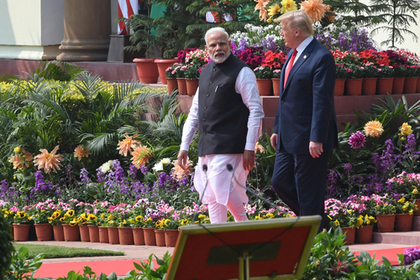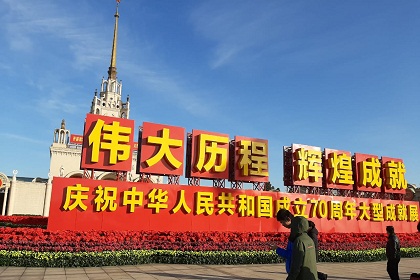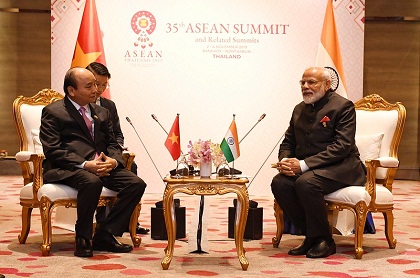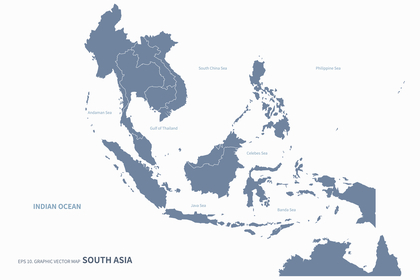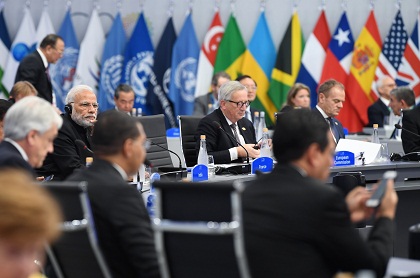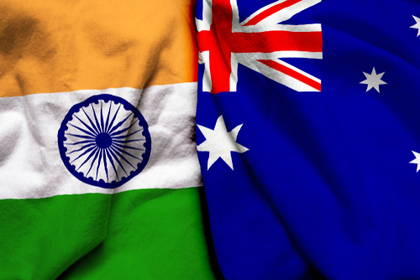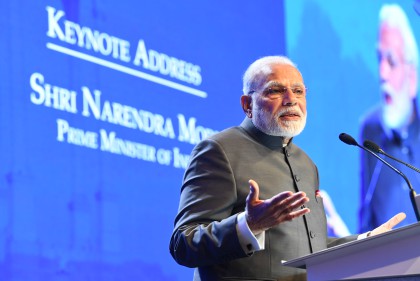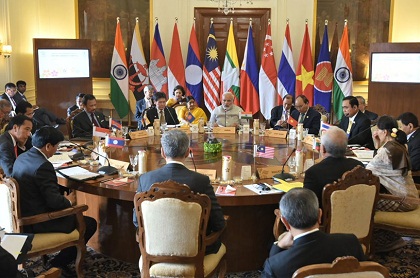Gateway House Webcast: Alibaba, Amazon…… Jio?
Blaise Fernandes, Director, Gateway House was in discussion with Dexter Roberts, Non resident Senior Fellow, Asia Security Initiative, Atlantic Council and author of ‘The Myth of Chinese Capitalism,’ Lauri Rechardt, Chief Legal Officer, IFPI and B.K. Syngal, Sr Principal, Dua Consulting and Former Chairman and Managing Director, VSNL.



